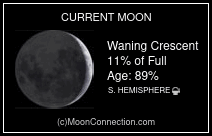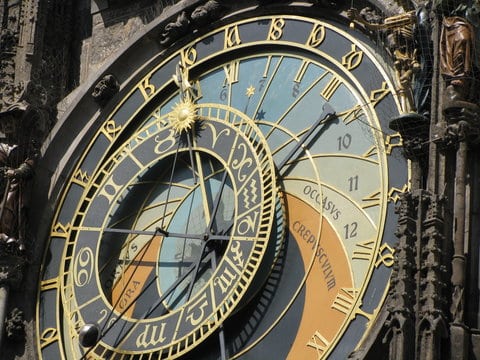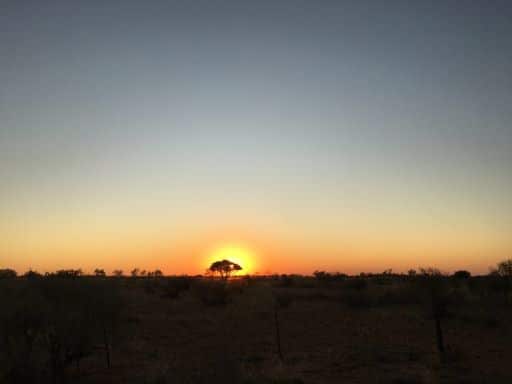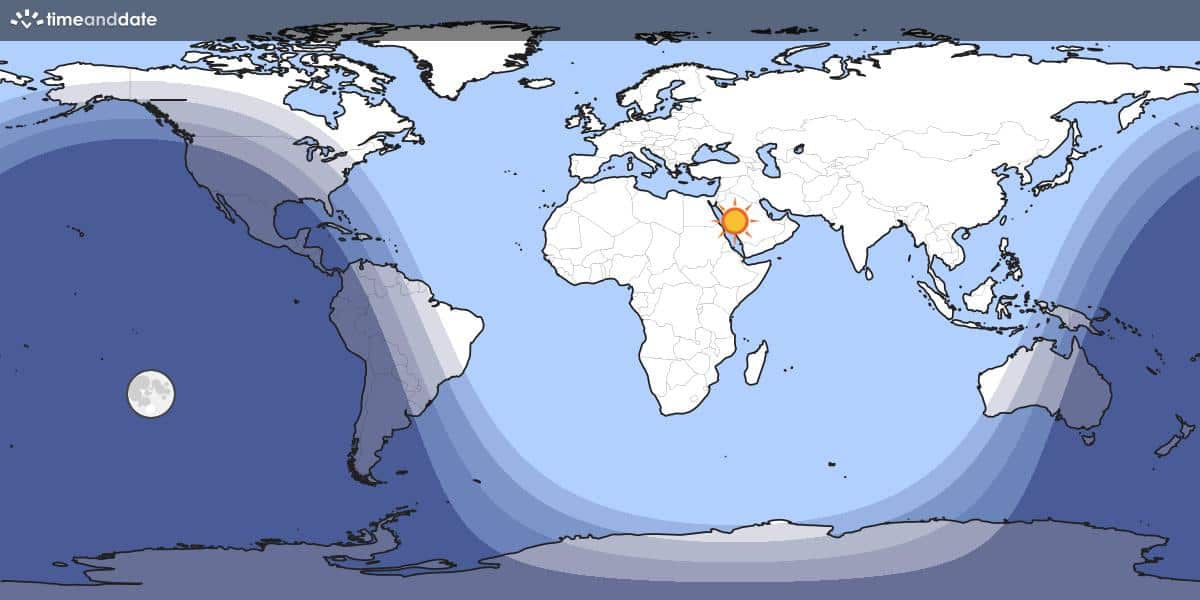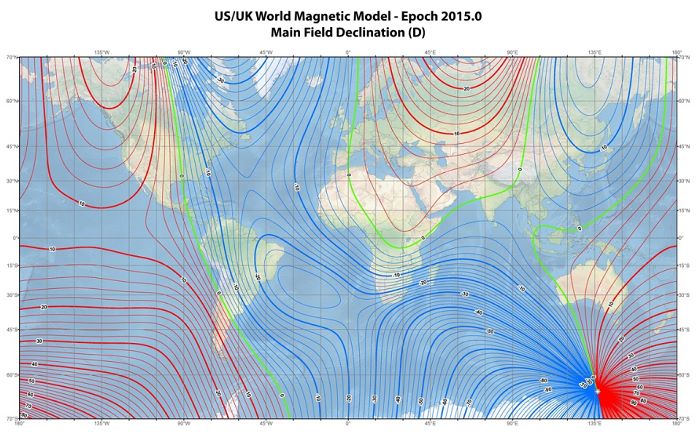N206 Superbubble
Steve Gottlieb’s Observations
Brey 40a Nebula = BSDL 1985 = BAT99-49 = SK -71 34
05 29 33.2 -70 59 35; Men
V = 13.4
24″ (4/5/08 – Magellan Observatory, Australia): While observing the amazing NGC 2018 complex I noticed an isolated, elongated patch at the northwest end of the complex, ~10′ NW of the brightest portion (N206A). This nebula is associated with a mag 13.4 Wolf-Rayet star (Brey 40a, a binary with types WN4+O8). The star is ~40″ N of the elongated patch.
LMC-N206B = BSDL 2120
05 30 51 -71 08; Men
24″ (4/5/08 – Magellan Observatory, Australia): elongated patch, at least 1′ diameter. Located ~5′ SW of the brightest region of NGC 2018 (N206A). Two additional elongated patches are collinear to the northwest; BSDL 2005 (6′ NW), BSDL 2048 (3′ NW).
RMC 113 = HD 269676 = Sk -71 45
05 31 15.6 -71 04 10; Men
24″ (4/5/08 – Magellan Observatory, Australia): the brightest region of nebulosity (N206A) in NGC 2018 is a very prominent 1′ circular patch on the east end of the cluster. Fainter wings extend north and south, increasing the size to 3’x1′ N-S. A wide pair of stars including mag 11.5 HDE 269676 [a massive, compact cluster containing several O-type stars] is at the west edge of this patch.
Notes: 1991 paper by Heydari-Malayeri: “The very massive star HDE 269676 and its components” (1991A&A…244…64H)
“We show that one of the most luminous stars in the LMC, HDE 269676, is in fact a massive star cluster. On the basis of observations with the ESO New Technology Telescope (NTT) we classify the main components of the cluster and show that are several O type stars in HDE 269676 instead of the one or two previously known. The most massive star of the system being about a factor three less luminous than previously estimated is a supergiant O5f with zero age main sequence mass of ~80 solar masses.”
NGC 2018 = LMC-N206A = ESO 056-141 = S-L 533 = LH 69
05 31 23 -71 04 12; Men
V = 10.2; Size 25’x18′
24″ (4/5/08 – Magellan Observatory, Australia): this is a fascinating, showpiece HII complex (N206) with a cluster (S-L 533) and a large, detailed nebula (N206) appearing like a fainter version of M8 — of course, in another galaxy! At 200x the cluster is ~8′ in diameter and includes a couple of dozen mag 11-15 stars (part of the stellar association LH 69). The stars are involved in the glow of a bright HII complex (N206) that has an excellent response to a UHC filter.
The brightest region of nebulosity (N206A) is a very prominent 1′ circular patch on the east end of the cluster. Fainter wings extend north and south, increasing the size to 3’x1′ N-S. A wide pair of stars including mag 11.5 HDE 269676 [a massive, compact cluster containing several O-type stars] is at the west edge of this patch. Three additional elongated patches (each 1′ to 1.5′ in diameter) along the SW side of the complex are strung out in a 6′ line oriented NW to SE; BSDL 2005 (7′ W of NGC 2018), BSDL 2048 (5′ WSW) and N206B = BSDL 2120 (5′ SW). Another glowing patch of nebulosity (BSDL 2108), ~45″ diameter, is ~3′ W of N206A and surrounds a couple of brighter stars. Finally, an isolated, elongated patch is on the NW end of the complex (BSDL 1985, associated with mag 13.0 HD 37248, a WC4+O9 Wolf-Rayet binary) that seems detached. Weaker sections of the nebulosity give the impression of dark lanes. The entire complex forms a Superbubble extending ~12′ E-W and ~9′ N-S. Surprisingly, Herschel’s description applies only to the brightest region at the east end of this entire complex.
Notes: John Herschel discovered NGC 2018 = h2904 on 3 Nov 1834 and recorded “pB; R; pretty gradually little brighter in the middle; 2′; a star 10m involved, preceding.” His position (single sweep) is on the SE side of the brightest portion of the nebula. The ESO position is centered on the entire complex described in my notes and not the bright piece described by Herschel.



